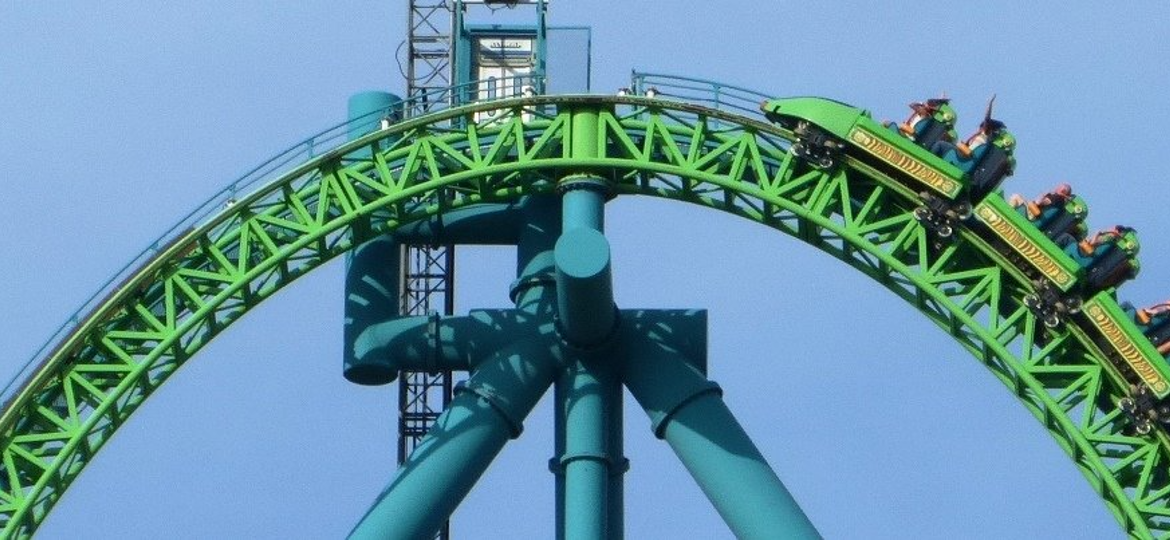
How missing just the 10 best market days in the last 5000 could cost you half your earnings
The tallest roller coaster in the world is Kingda Ka, at Six Flags Great Adventure in New Jersey. As it rockets from the station, it accelerates to 128 miles per hour, while riders watch an impossibly vertical climb ahead. In seconds they’ve vaulted 456 feet, and before they’ve had a chance to catch a breath, they’re staring at an equally gut wrenching drop straight down, the equivalent of a 45 story building.
No doubt there are some who frantically consider bailing out on the upswing, figuring they’ve had all the adrenaline rush they need, and others who blanche as the coaster plunges, promise never to get near a coaster again, if they can just make it out alive.
Don’t try to time the market. It is time in the market that will get you the most growth.
Neither of those instincts is very smart, obviously. We all know it’s best to hang on for the ride, because in the end, you’ll be much better off (if a bit frazzled).
Smart investing is a lot like that. Don’t try to time the market. It is time in the market that will get you the most growth. Too often people buy in a frenzy, or bail in a plunge. But the data shows if you stay invested over the long haul, you’re likely to reap significantly more.
Say you had put $10,000 in the market back in 2007, and your friend did the same, except you kept trying to time the ups and downs, and missed the 10 best days between then and now, while she stayed pat. According to an analysis by Putnam Investments, your friend’s earnings would be more than 50% higher than yours. A similar analysis of the market since 1980 by Fidelity found about the same.
Missing just the 10 best days, whether it was 10 out of 5,000, or 10 out of 15,000, would have cost you half your potential earnings.
Now, every investor knows past results don’t necessarily predict future returns, but since 1957 the average historical return of the S&P 500 has been 10%. During the past 10 years, the S&P’s average return has been 14.7%, with some years up as much as 32.4% (2013), and others down as much as -4.4% (2018). You could have cashed in in 2013, and bailed before 2018, but how well could you have predicted either swing? Staying invested smooths out the ups and downs, and provides a return that’s closer to the long term average.
Interestingly, more of the best stock market days have come in the midst of significant market downturns. Of the top 10 biggest gaining days, six occurred during the chaos of the dot-com bust in the early 2000s, and the 2008 great recession.
The lesson is, ride the roller coaster. Stay invested. You’re more likely to end up in a good place.